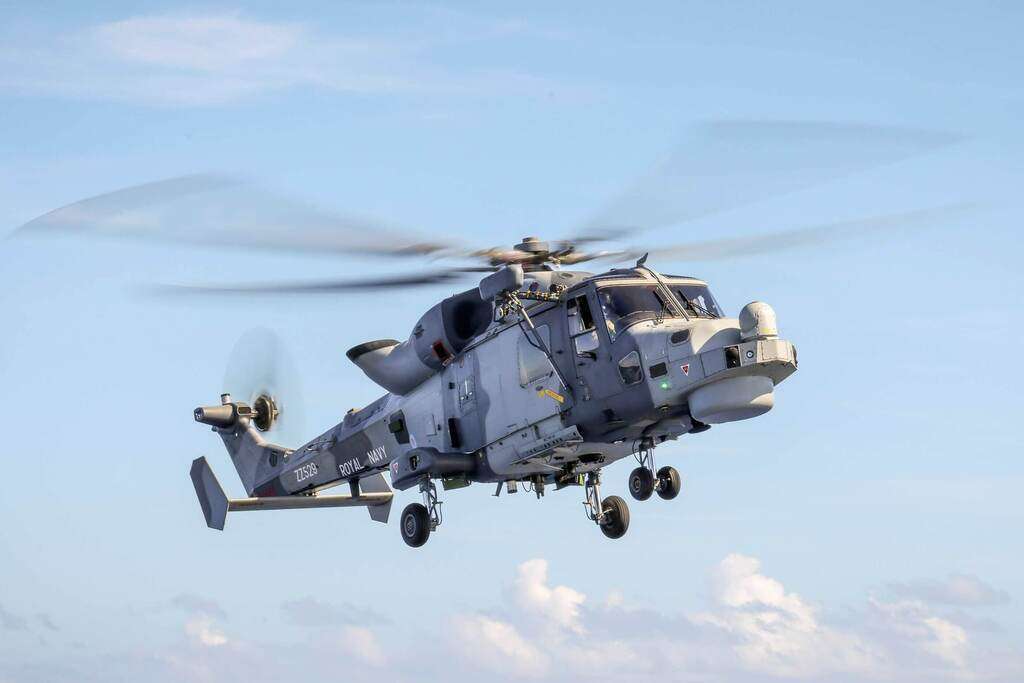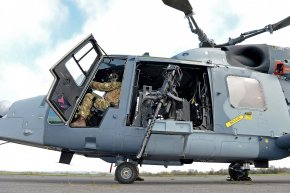The point I would make is that routine servicing is based on probability and how critical components are flight critical. the question of economics comes into non flight critical components, in that it is assessed if it cheaper to service regularly or simply replace on failure. Only rarely does the failure of a component lead to a fleet wide inspections and most of these are carried out during servicing inspections, it is even more rare for a grounding and total fleet inspection to be required.
The RNZAF has traditionally operated most of its aircraft over it's history at a higher availability and lower loss rate than other operators. The main reason being that when you lack resources, you have to make the best use of what limited resources you have. You will also see the same tradition in both the Army and the Navy.
I would add a caveat to that, as when the army got into aviation in the late 1960's, having 6 Bell 47's to start with, their pilots crashed the lot in short order and ended the Army's brief flirtation's with aviation
The RNZAF has traditionally operated most of its aircraft over it's history at a higher availability and lower loss rate than other operators. The main reason being that when you lack resources, you have to make the best use of what limited resources you have. You will also see the same tradition in both the Army and the Navy.
I would add a caveat to that, as when the army got into aviation in the late 1960's, having 6 Bell 47's to start with, their pilots crashed the lot in short order and ended the Army's brief flirtation's with aviation



